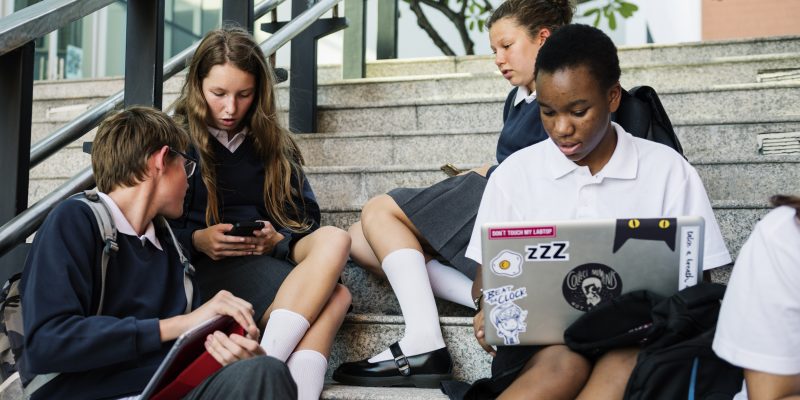The School’s Digital Fortress
In the ever-evolving landscape of cyber threats, phishing remains one of the most common and dangerous attacks targeting schools. Cybercriminals are becoming increasingly sophisticated, making it crucial for educational institutions to stay vigilant. Let’s dive into the murky waters of phishing and arm your school with the knowledge and tools to protect against these attacks. And, as always, we’ll keep it cool and collected, just like a glass of IcyTea.
Understanding Phishing
Phishing involves tricking individuals into divulging sensitive information, such as usernames, passwords, and financial details, by masquerading as a trustworthy entity. These attacks typically occur via email, but can also happen through text messages and social media amongst other methods – cyber criminals are sneaky!
Common Phishing Techniques
- Email Phishing: Attackers send emails that appear to come from legitimate sources, such as school administrators or trusted companies. These emails often contain urgent messages prompting the recipient to click on a link or download an attachment, which leads to malicious websites or software.
- Spear Phishing: This targeted approach involves personalised emails that use information about the victim to appear more convincing. Cybercriminals may gather details from social media profiles or previous breaches to craft tailored messages.
- Whaling: This type of phishing targets high-profile individuals within an organisation, such as principals or IT administrators. The goal is to trick these individuals into revealing sensitive information or transferring funds.
- Smishing and Vishing: These are phishing attempts conducted via SMS (smishing) and voice calls (vishing). Attackers may pose as technical support or other trusted figures to gain information or access.
Tips to Protect Against Phishing
- Educate Staff and Students: Regular training sessions can help staff and students recognise phishing attempts and respond appropriately. Simulated phishing exercises can also be effective in reinforcing this training.
- Implement Strong Email Filters: Advanced email filtering solutions can detect and block phishing emails before they reach your inbox. Look for filters that use machine learning to adapt to new phishing techniques – just like IcyTea’s!
- Use Multi-Factor Authentication (MFA): MFA adds an extra layer of security by requiring multiple forms of verification before granting access. This can significantly reduce the risk of compromised accounts from phishing attacks, and is a ‘must have’ when it comes to basic cyber security defences.
- Verify Requests for Sensitive Information: Encourage staff to verify any requests for sensitive information, especially if they come through email. This can be done by contacting the requester directly using known contact information rather than responding to the email.
- Keep Software Updated: Regularly update all software, including antivirus programs and operating systems, to protect against vulnerabilities that phishing attacks might exploit.
Creating a Culture of Vigilance
Building a culture of vigilance within your school is essential. This involves fostering an environment where everyone understands the importance of cybersecurity and feels responsible for maintaining it. Encourage open communication about suspicious emails or messages and ensure that there are clear protocols for reporting and responding to potential threats.
The Role of Technology
Leveraging technology can significantly enhance your school’s defence against phishing attacks. Consider the following:
- Phishing Detection Tools: Use tools that can analyse and flag potential phishing attempts based on content, sender behaviour, and other indicators.
- Secure Email Gateways: These provide an additional layer of security by filtering incoming and outgoing emails for malicious content.
- Endpoint Protection: Ensure all devices connected to your school’s network are protected with robust endpoint security solutions that can detect and prevent phishing attacks.
How IcyTea Can Help
At IcyTea, we offer comprehensive cybersecurity solutions tailored to the needs of educational institutions. Our advanced filtering systems can detect and block phishing attempts, while our training programs help staff and students recognise and respond to threats. Let us help you fortify your digital fortress and keep those phishing attacks at bay—just like a refreshing splash of IcyTea on a hot day.
By staying informed and proactive, schools can protect their sensitive information and ensure a safe digital environment for both staff and students. Don’t let phishing attacks reel you in—stay sharp and stay secure.
Need more info on anything mentioned here? Or just want some trusted advice to help you prepare your school against these threats? Contact us here!










